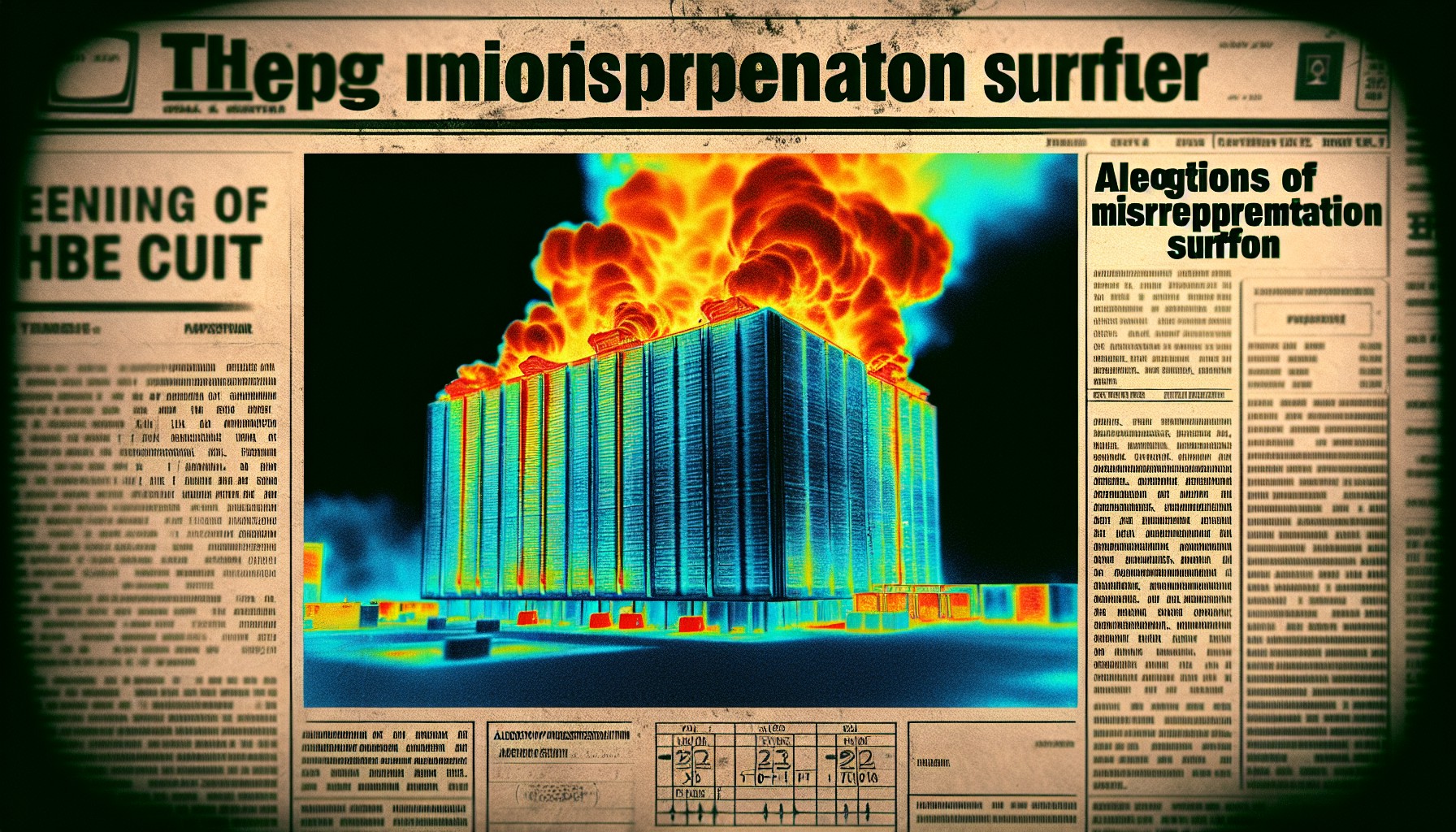In the rapidly evolving landscape of artificial intelligence, where computational power often dictates the pace of innovation, a new dilemma has emerged. The heat is quite literal, as xAI, an ambitious player in the AI field, faces mounting pressure from environmentalists and local communities to reconsider its plans to power its supercomputer facility using gas turbines. This development has sparked a heated debate about the intersection of AI growth and environmental responsibility.
xAI, renowned for its groundbreaking work in machine learning and neural networks, has been constructing a state-of-the-art supercomputer facility designed to handle the massive computational demands of its AI models. The facility promises to push the boundaries of what AI can achieve, potentially unlocking new capabilities in fields ranging from healthcare to autonomous systems. However, this promise comes with a significant environmental cost due to the decision to utilize gas turbines for energy.
Critics argue that employing gas turbines, which emit carbon dioxide and other pollutants, contradicts global efforts to combat climate change. Environmental groups have pointed out the irony of a cutting-edge technology company relying on archaic energy solutions. They insist that xAI should instead invest in renewable energy alternatives, which are not only more sustainable but increasingly cost-effective.
The call to deny permits for xAI’s gas turbines has garnered support from various quarters, including tech industry leaders advocating for greener practices. They emphasize that AI’s potential benefits should not come at the expense of the environment. This sentiment echoes a broader industry trend where companies are increasingly held accountable for their environmental footprints.
xAI, on its part, defends its decision by citing the need for reliable and high-density power sources capable of supporting the immense energy requirements of its supercomputers. They argue that, given current technological limitations, gas turbines offer a practical solution to meet these demands. However, they have also assured stakeholders of their commitment to transition to renewable energy sources as soon as feasible.
This situation underscores a critical challenge facing the AI industry: balancing the drive for innovation with ecological responsibility. As AI systems grow more sophisticated, they require exponentially more computing power, leading to increased energy consumption. The choice of energy source thus becomes not just a logistical question but a moral one, reflecting the industry’s values and priorities.
The debate surrounding xAI’s gas turbines has also highlighted the role of regulatory bodies in shaping the future of AI. As gatekeepers, they have the power to enforce standards that ensure technological advancements do not come at an unsustainable environmental cost. This case could set a precedent, influencing how future AI facilities are powered and pushing the industry towards cleaner energy solutions.
Ultimately, the controversy serves as a reminder that the path to AI advancement is not solely a technological journey but one that must also navigate ethical and environmental considerations. As xAI contemplates its next steps, the world watches closely, aware that the decisions made today will have lasting implications for both the AI industry and the planet. The resolution of this issue could very well chart a new course for how AI companies approach energy consumption and sustainability in the years to come.
